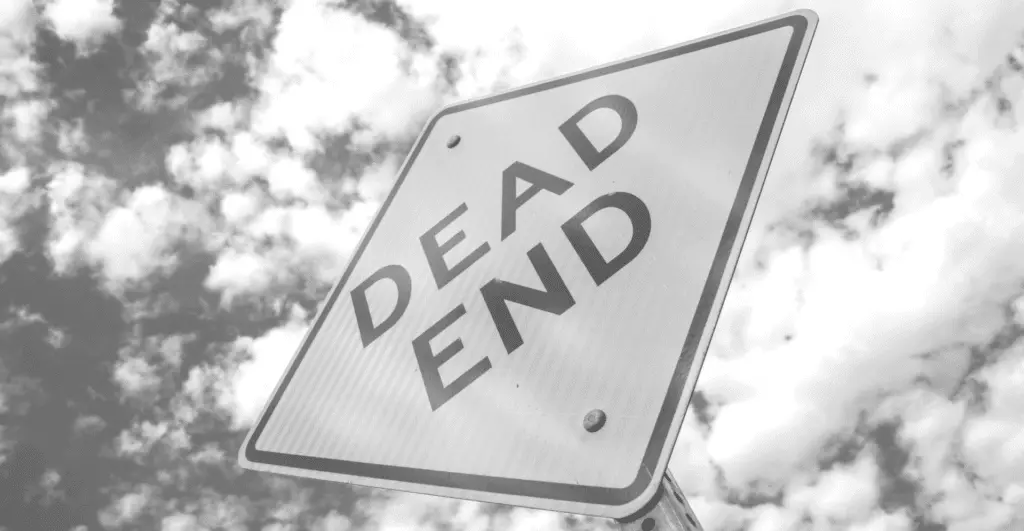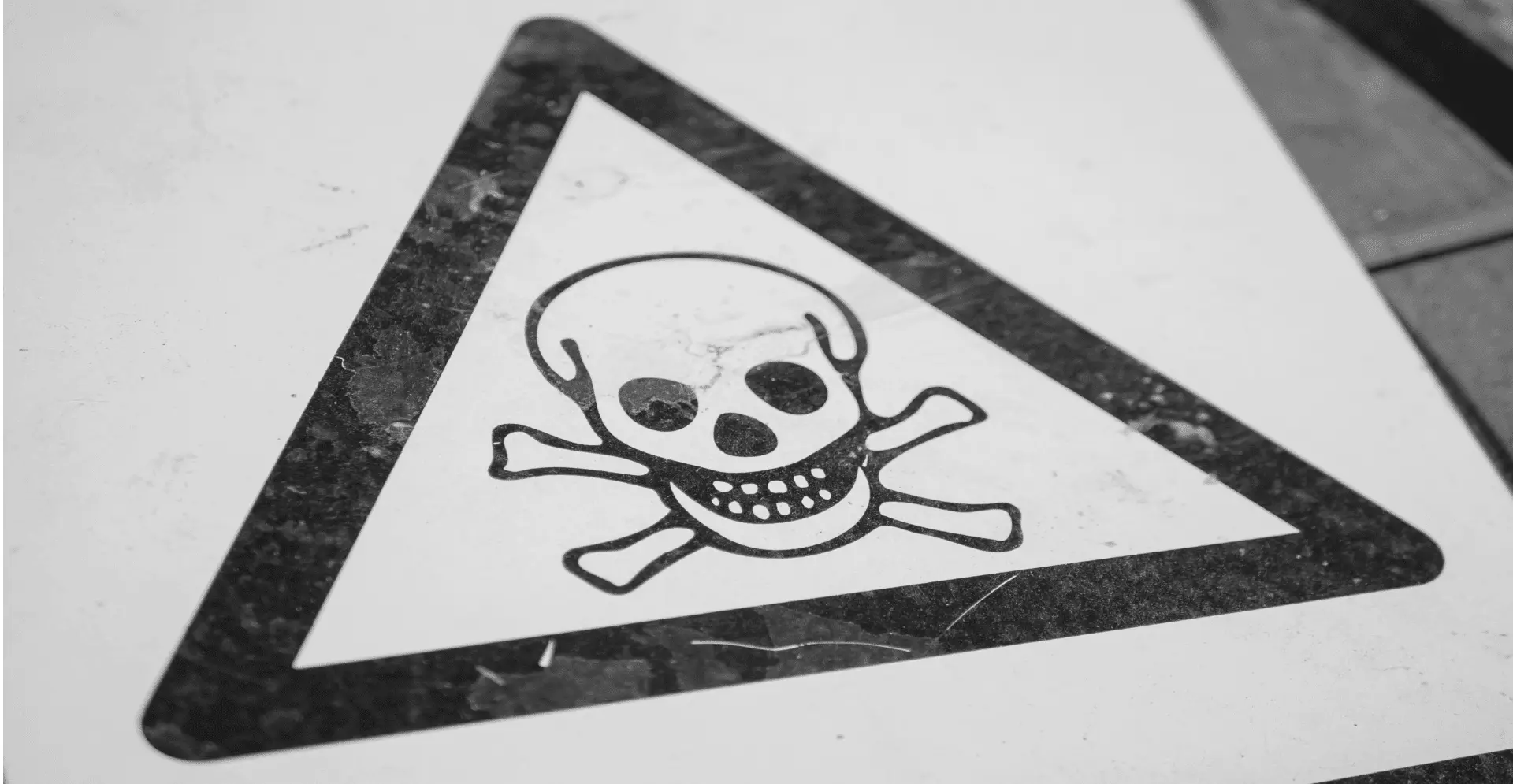It’s hard to know who to trust online, and what’s real or fake. Unfortunately, recent trends in online counterfeiting mean that the stakes couldn’t be higher. Fake shops and fake products wreak a heavy toll on the market, far beyond empty shopping bags and falling revenues. They also threaten human lives and livelihoods.

As we’ll explore today, counterfeits pose severe health hazards to innocent consumers. Faulty parts lead to accidents, toxic chemicals lead to poisonings, and in the worst cases, counterfeits kill. Here, we’ll look at the impact of online counterfeiting across a few key industries, exploring the health hazards that fakes pose to vulnerable consumers. We’ll also outline the ways that brands can fight back against dangerous scammers, so let’s get into it.
Understanding the Global Online Counterfeiting Market
Counterfeiting scams thrive in the world of modern ecommerce, filling fake shops and deceptive listings around the world. According to Forbes, the global counterfeit market ranges from $1.7 trillion to $4.5 trillion annually, making it one of the largest economies on the planet. This illicit industry not only undermines legitimate businesses but also inflicts significant job losses. Approximately 2.5 million innocent employees lose out on jobs every year due to the counterfeit market.
The counterfeiting crisis infiltrates every corner of the globe, and according to the EUIPO, the European Union is no exception. The clothing, cosmetics, and toy industries lose EUR 16 billion in sales annually due to counterfeit products. Crucially, beyond the numbers, counterfeiting’s malicious nature brings its material impact into stark relief.
Counterfeiters trick consumers and businesses, while also circumventing trading standards without accountability. Laws and regulations hold consumer products to high standards, keeping the public safe. However, counterfeiters can and do fill their products with sub-standard parts and dangerous chemicals. These kinds of hazards lower the standard in any industry they affect, but certain sectors prove especially vulnerable. For example, if hazardous counterfeits infiltrate the toy industry, they endanger their primary consumer: children.
Counterfeit Toys: A Threat to Children’s Safety
Counterfeit toys present a serious risk to children’s safety. When online counterfeiting infiltrates the toys and games market, toxins lurk in gift-wrapped presents, and choking hazards hide in colorful packaging. Counterfeits often ignore product safety standards, according to a recent study from the Child Accident Prevention Trust. The British organization found that, for example, one counterfeit bow-and-arrow set contained 100 times the legal limit of phthalates, a carcinogenic chemical. Scarier still, a fashion doll set exceeded the limit by 300 times. Legitimate toymakers use phthalates to make plastic more durable, yet they typically abide by tight government restrictions. In excess, these chemicals wreak carcinogenic consequences, along with adverse effects on child growth and neurodevelopment. Children suffer the worst consequences from phthalates in their developmental stages, especially as they often put toys in their mouths.

Beyond toxicity hazards, counterfeit toys pose multiple acute risks to children. These include choking hazards, fire risks, and more. According to the Consumer Product Safety Commission, toys caused 209,500 injuries and 11 deaths in the US in 2022 alone. These staggering statistics, from one nation in one year alone, highlight the scale of the issue, and the dangers that hazardous toys pose to vulnerable children. In the toy industry, as in others, brands must step in to tackle counterfeiting and protect consumers.
Counterfeit Medicine in Africa
Counterfeits clearly inflict significant harm on the vulnerable. In the pharmaceutical industry, they also impact the needy, exploiting medical desperation to peddle dangerous fake goods. According to the South African Health Products Regulatory Authority (SAHPRA), more than 250,000 children worldwide die from counterfeit medicines each year, with incidents such as over 300 children dying in the past year after ingesting counterfeit cough syrups. United Nations reports also link fake medicines to almost half a million deaths a year in the sub-Saharan region.
Wherever medical needs arise, counterfeit profiteers follow. For example, in parts of Africa, malaria poses an existential threat to many families. World Health Organization figures state that Africa accounts for 94% of malaria cases and 95% of malaria deaths. Counterfeiters stop at nothing to carve out revenue, scamming concerned families, and desperate sufferers with fake goods. SAHPRA even found that, in some African markets, 88.4 of available malaria medication tested positive for counterfeiting.
Counterfeit drugs undermine effective healthcare and threaten the lives of innocent patients. The fact that scammers often target the most critically-needed pharmaceuticals, like malaria and HIV medication, underscores the cruelty inherent in counterfeit profiteering. The issue’s prevalence in the medical and pharmaceutical industry highlights its dangerous potential, and the need for effective countermeasures.
Fake Car Parts: Online Counterfeiting Hazards Hit the Road
Medicine isn’t the only industry where counterfeiting threatens human lives: far from it. Other standout sectors include the automotive industry. Regulators and designers work hard to ensure that vehicles keep people safe with features and parts like seat belts, brake pads, and airbags. Unfortunately, counterfeits introduce that element of risk, side-stepping regulations and placing drivers, passengers, and innocent bystanders under threat. Just recently, the UK’s Police Intellectual Property Crime Unit identified and sentenced a counterfeiter to 12 months in prison for selling fake airbags. The one criminal caught paints a grim picture of the other counterfeiters who slip through the net.

Counterfeiting also wreaks an economic toll on the automotive industry, not least in the EU. According to the European Union Intellectual Property Office (EUIPO), counterfeit tires and batteries alone consume more than €2 billion every year from member state economies. In 2021, UK customs officials also seized over 1.86 million counterfeit vehicle products, with over 125,000 components removed from marketplaces and social media platforms. Fake auto parts spread over digital channels, dispersing health hazards and financial damage in their wake.
The issues of fake parts is not unique to the automotive industry. Nervous fliers may be uncomfortable to learn that counterfeits can also plague the aviation industry, with disastrous consequences. In 1989, a flight from Oslo to Hamburg crashed at sea, killing 55 people. Investigators later linked the crash to counterfeit bolts and brackets that caused a fault in the plane’s tail section.
Clearly, counterfeits wreak horrifying consequences that businesses must address, in the manufacturing industry and beyond. Where police tackle fraudsters and scammers on the streets, brands often require digital solutions for tackling the issue of online counterfeits, in the auto industry and beyond.
Counterfeit Confectionaries: Bittersweet Candies with Toxic Consequences
Counterfeit candy poses a similar risk to fake toys and games, ignoring safety regulations and targeting vulnerable children. These fake confectionaries, often sold online, riff on legitimate brands, but pack their goods with toxins and choking hazards. Recent trends in counterfeit candies also show an alarming rise in drug-laced consumables. Poisoning children and families, they also damage the hard-earned reputations of wholesome food and beverage brands.
Fakes like “Hashibo” THC gummies, “Stoney Patch Kids”, and “Stoneo” Cookies echo familiar brands, populating online shops and social media pages, wrapped in bright, child-friendly packaging. A recent Wall Street Journal article highlights the scale of the issues, with hundreds of kids ending up in hospital. Alongside cannabinoid-infused counterfeits, authorities also recently seized look-alike counterfeit candies laced with psilocybin and other psychoactive chemicals. Brands must protect themselves, and their clients, from the poisoning impact of dangerous counterfeits online.
Conclusions: The Need to Tackle Online Counterfeiting
Counterfeits pose unique threats in each industry. However, they share key themes, in terms of the vulnerable consumer base facing the consequences. Whether it’s innocent children playing with their friends, vulnerable and sick patients, or innocent road users, online scammers exploit brands and consumers to make a quick buck. With life and death in the balance, and livelihoods and reputations on the line, brands must fight back. Despite their best efforts, law enforcement cannot protect all consumers from the recent trends in online counterfeiting. Brands need to defend their customers, consumers must be vigilant and reject deals that are too good to be true.
Fortunately, comprehensive brand protection solutions meet each new wave of online counterfeiting with a smart, effective solution. Brands may not even know the extent of the counterfeit market orbiting around their products, but Online Brand Protection delivers the tools to identify the issues, and implement the right steps forward. Industry experts, legal professionals, and AI-powered tools help brands wrest the power back from cybercriminals, and safeguard their ecommerce landscape. Detecting, tracking, and eliminating online infringements helps businesses do their duty to vulnerable consumers, while protecting their brands and securing their revenues.
Learn more about what’s possible with Online Brand Protection here, or get a free audit from our team of experts.
